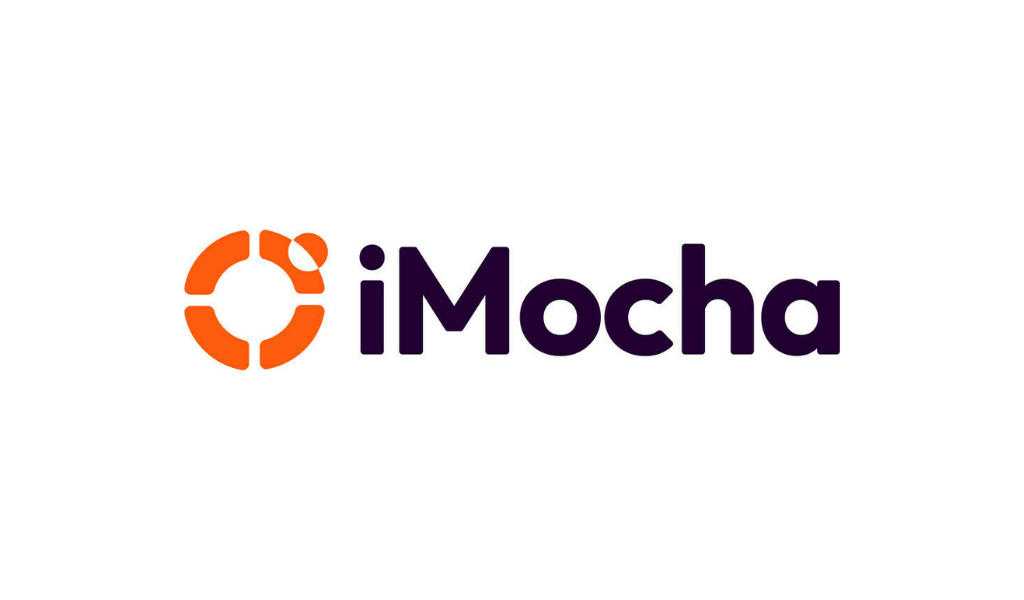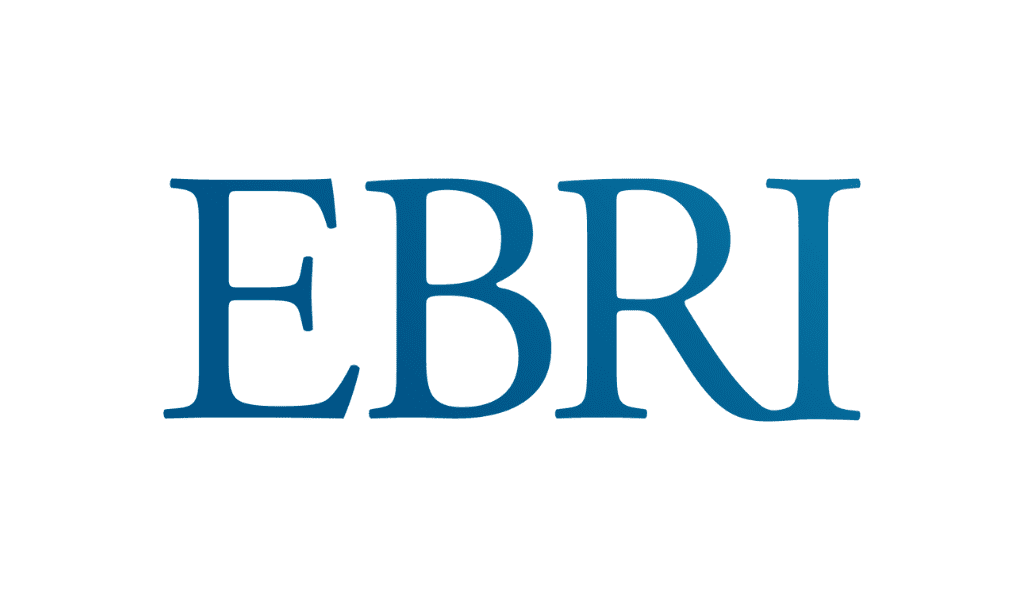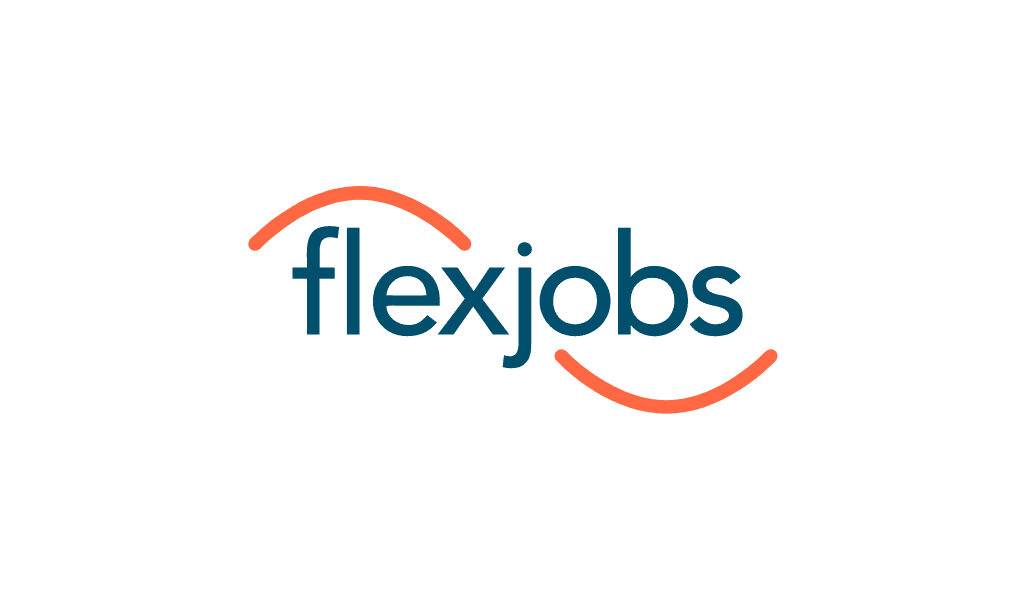Organizations will benefit by creating tailored learning paths for the multigenerational workforce.
By Carina Cortez
Today, there are five generations in the workforce—Gen Z, millennials, Gen X, baby boomers and the silent/traditionalist generation—each having varying preferences, working styles, and expectations. As is human nature, these generations have been placed in buckets that are largely defined by cliches and stereotypes that often miss the mark on individual needs.
While these generational biases oftentimes may come from a place of good intentions, they can cause employers to overlook what individual employees actually want. The truth is, strong organizations are built from hyper-personalized employee experiences, especially when it comes to learning and development. As HR charts the path toward the future of work, avoiding generalizations, understanding each employee for their whole self, and offering tailored learning opportunities must be top priorities.
So, how can organizations create tailored learning paths for their employees? While it certainly won’t happen overnight, it’s possible, with a concerted effort. Here’s how to get started.
Create a Culture of Belonging
Creating a sense of belonging at work is crucial for fostering a positive and productive environment. When employees feel like they belong, they are more likely to engage deeply with their work, collaborate effectively with colleagues, and contribute innovative ideas. By prioritizing a sense of belonging, which enhances job satisfaction and reduces turnover rates, organizations cultivate a more cohesive and harmonious workplace and empower employees to thrive professionally and personally.
At Cornerstone, cultivating a strong sense of belonging for all employees is paramount. Through internal learning and development initiatives, like original learning series A Seat at the Table, organizations can use authentic conversations to help unite employees by addressing a variety of topics including mental health and diversity to increase a sense of belonging and inclusivity at work.
Recently, the people team held a virtual meeting with all company leaders to view a 10-minute video centered around understanding what belonging is and how organizations can increase belonging. Afterwards, a guided conversation was based on ways to cultivate a strong culture of belonging and what specific actions could help support employees. From this came the ideas to find a trusted colleague to go to, limit the use of acronyms, and get to know employees on a personal level, like understanding their hobbies and interests. The conversation also encourages managers to start every check-in by asking how employees are really doing.
These proactive steps underscore a commitment to fostering a culture where every team member feels valued and included. By implementing tangible actions like building trust through personal connections and fostering open communication, organizations should aim to create an environment where employees thrive and bring their best to work every day.
Recent Cornerstone data finds that 92% of employers feel confident in their ability to develop the skills of their employees, while only 42% of employees say they receive the right type and amount of training to do their jobs well.
Prioritize Individual Career Pathing
Organizations cannot treat any group as a monolith. Everyone has unique learning and development preferences and it’s important for leaders to initiate transparent conversations about each individual’s development journey. Recent Cornerstone data finds that 92% of employers feel confident in their ability to develop the skills of their employees, while only 42% of employees say they receive the right type and amount of training to do their jobs well.
Leaders must proactively check in on their employees’ career journeys, asking what they find most engaging about their work and what they hope to learn beyond their current scope. These ongoing conversations will allow leaders to align training to employee’s existing capabilities and future interests, helping identify stretch assignments and pinpoint opportunities for non-linear career progression. Communication is the key to building hyper-personalized career paths.
Bridging Generations Through Skill Empowerment
Conversations about L&D shouldn’t only be driven by leaders. In fact, it’s vital that employees are active participants in building their own career path. Cornerstone research revealed workers engaged in consistent skills discussions are 50% more likely to believe that their employer is genuinely investing in their future success, nearly twice as likely to feel their skills are kept up-to-date, and 50% more likely to have confidence in their company’s ability to nurture their growth. An effective way to encourage this behavior is by helping team members identify individualized learning goals—with specific actions and concrete metrics that map to their dream role. For example, at Cornerstone, managers and employees have quarterly development conversations. These conversations are formally documented twice a year. During these mandatory conversations, managers and employees discuss progress against goals, how they demonstrate core values, and how they’ve developed skills. This leads to a conversation about what career steps are of interest to the employee and identifying concrete actions that can help them to develop in their career (job shadowing, mentoring, larger scope, gig, special projects, formal training, etc.).
In today’s modern workplace, many organizations have employees from three to four different generations working together on one team. Cornerstone research finds Gen Z is the least likely to say that training opportunities are available to all workers (40%), while on the other hand, baby boomers have a more positive view, with 55% believing that training is offered to the entire workforce. This highlights the importance for organizations to meet employees where they are in their employee lifecycle and customize their learning and training to align with each individual’s professional development and company goals. When employees are empowered to set and work toward individualized learning goals alongside their managers, it triggers feelings of value, trust, and motivation.
Offer Flexible Learning Resources
Not every employee learns the same way—or at the same speed. While many organizations offer mandatory training, it’s important to account for differing learning preferences and needs. Instead, businesses should build out a holistic learning solution, offering 24/7 access to a variety of relevant training courses across varying formats, platforms, and modalities. This versatility is beneficial for learners to gain access to a sea of resources with varying skills and content options.
With a complete learning solution in place, employees can more easily upskill and reskill on their own, test out new areas of interest, discover new career pathing opportunities, and dive into new learning styles. For example, one employee may love to watch a two-hour course, while another may prefer a series of quick two-minute videos. Or another employee may only be able to become an expert in new skills through a hands-on experience, so in this case, learning via extended reality (XR) may be the best bet.
From Gen Z workers to baby boomers, every person thrives in their own unique learning environment. Those who take the time to understand each individual employee’s needs and ambitions will build a high-performing workforce, while those who rely on generational stereotypes will stunt success.
Carina Cortez is chief people officer at Cornerstone.















